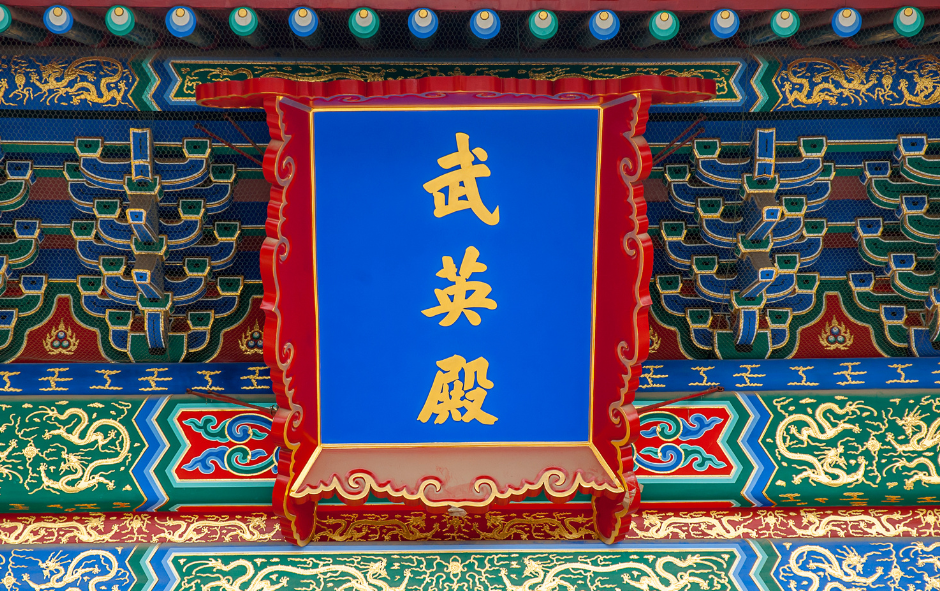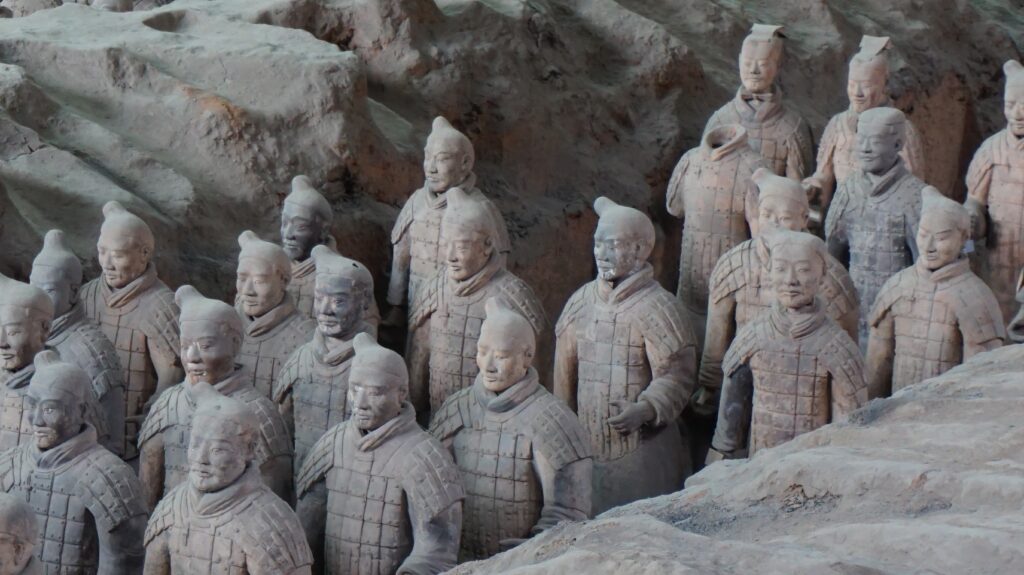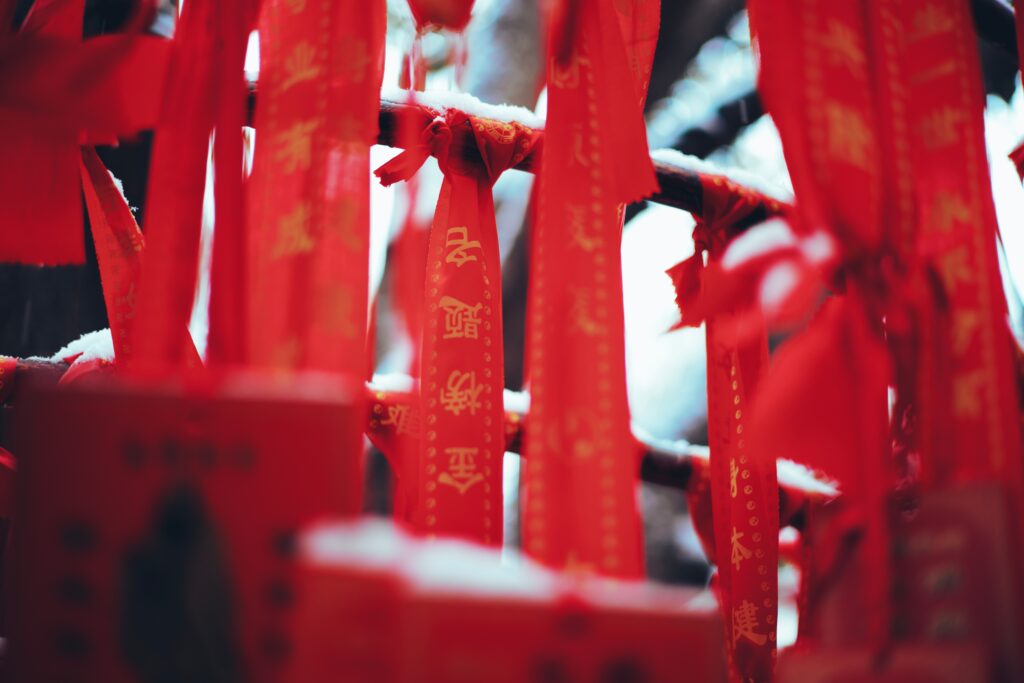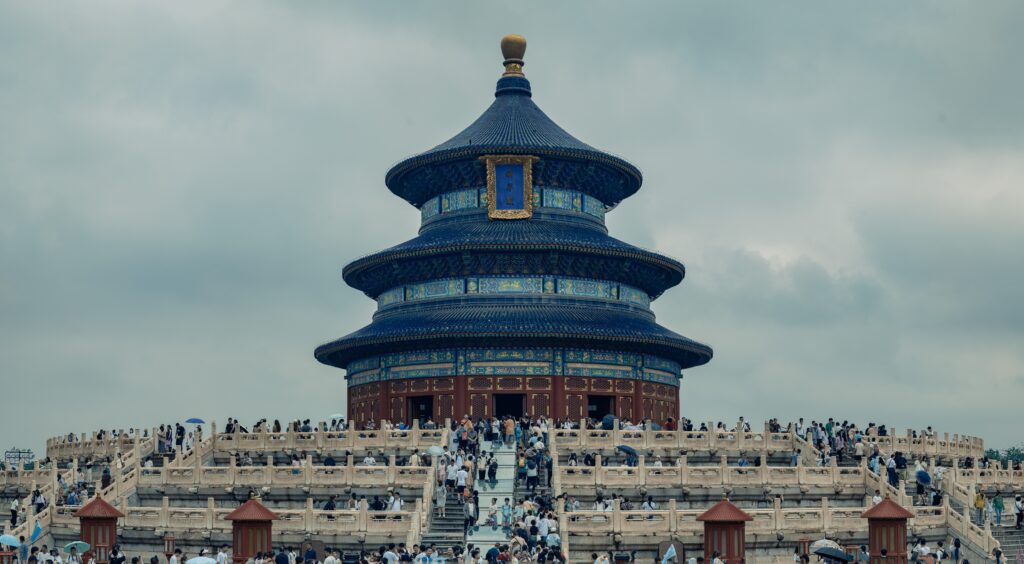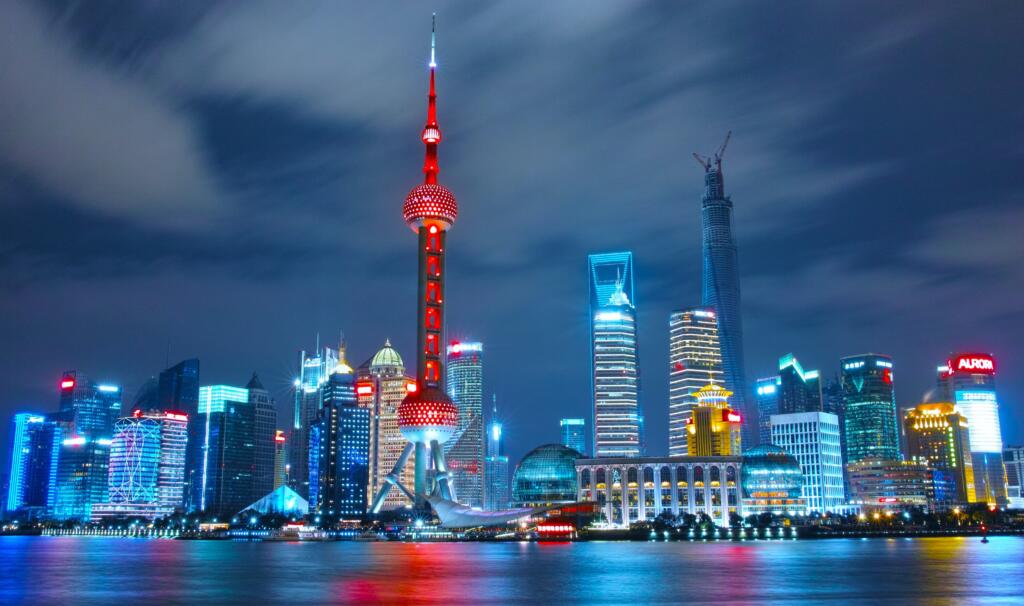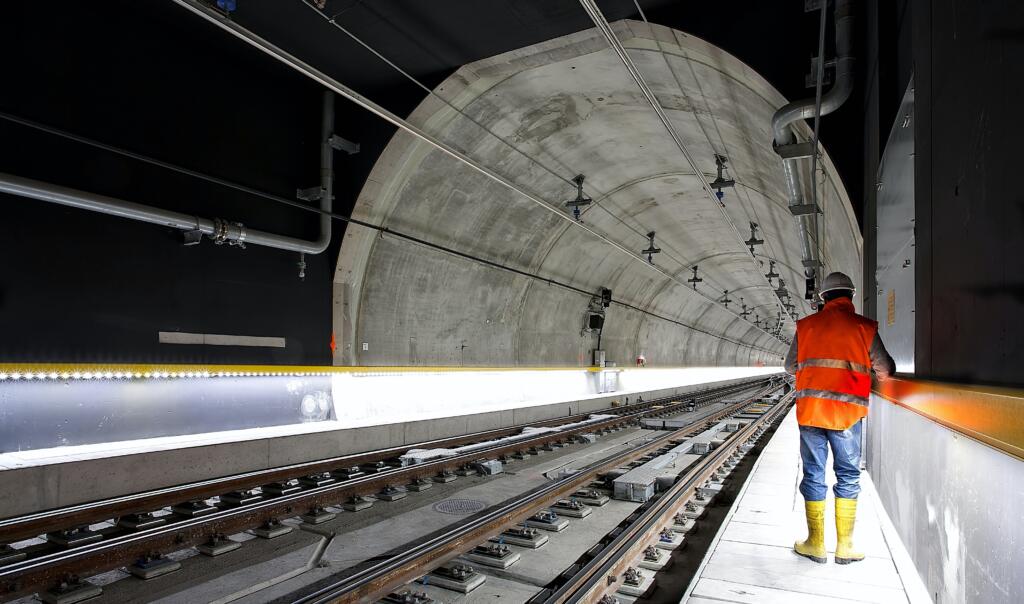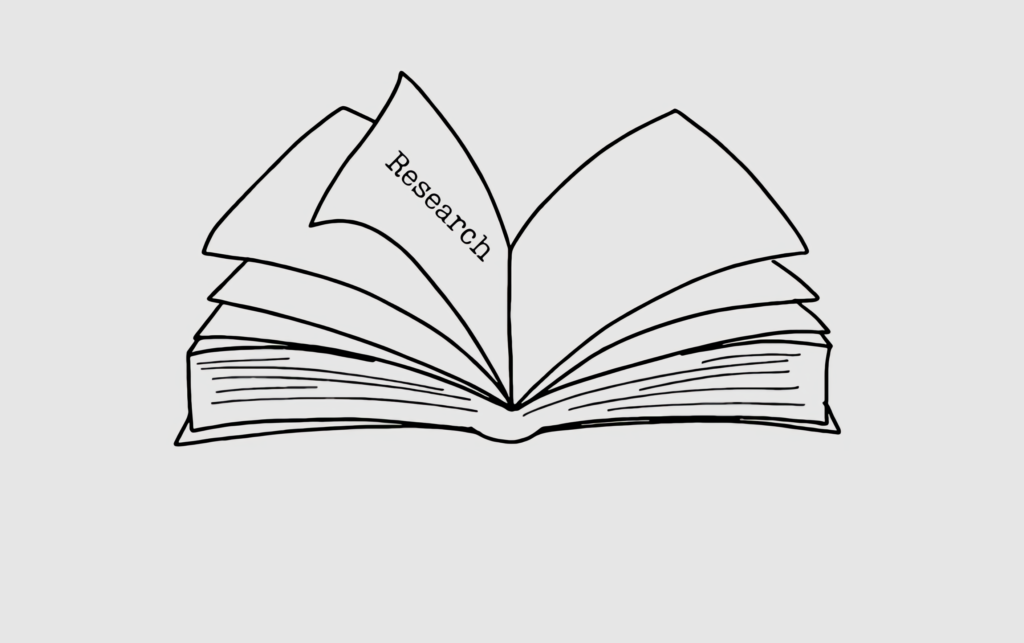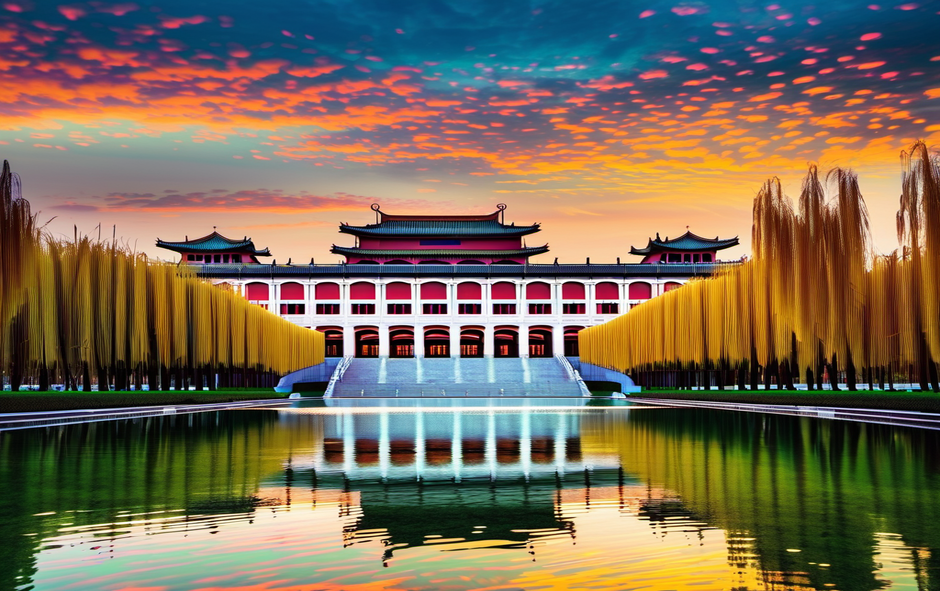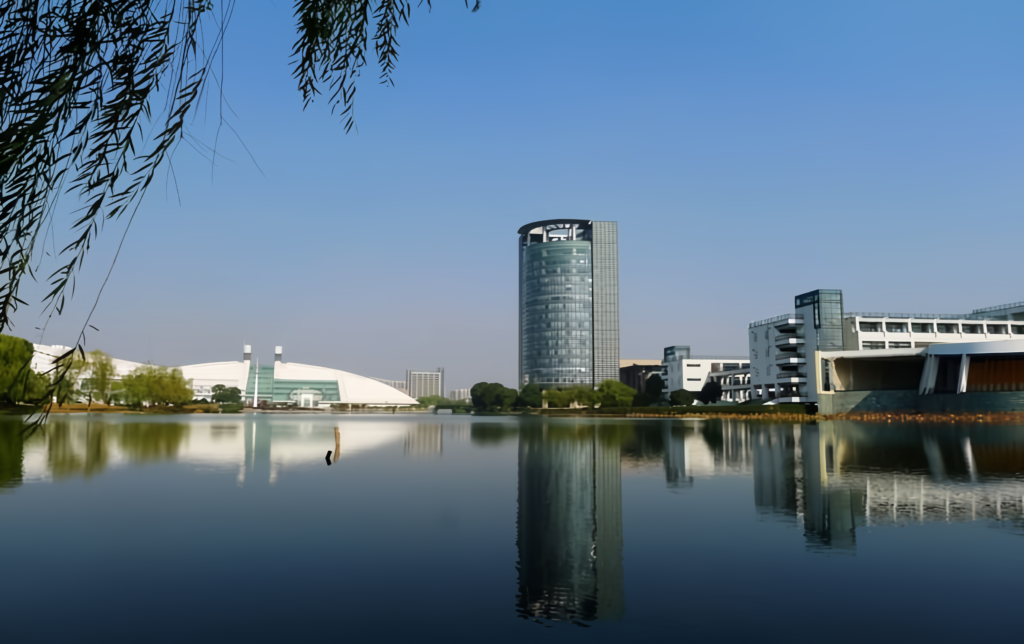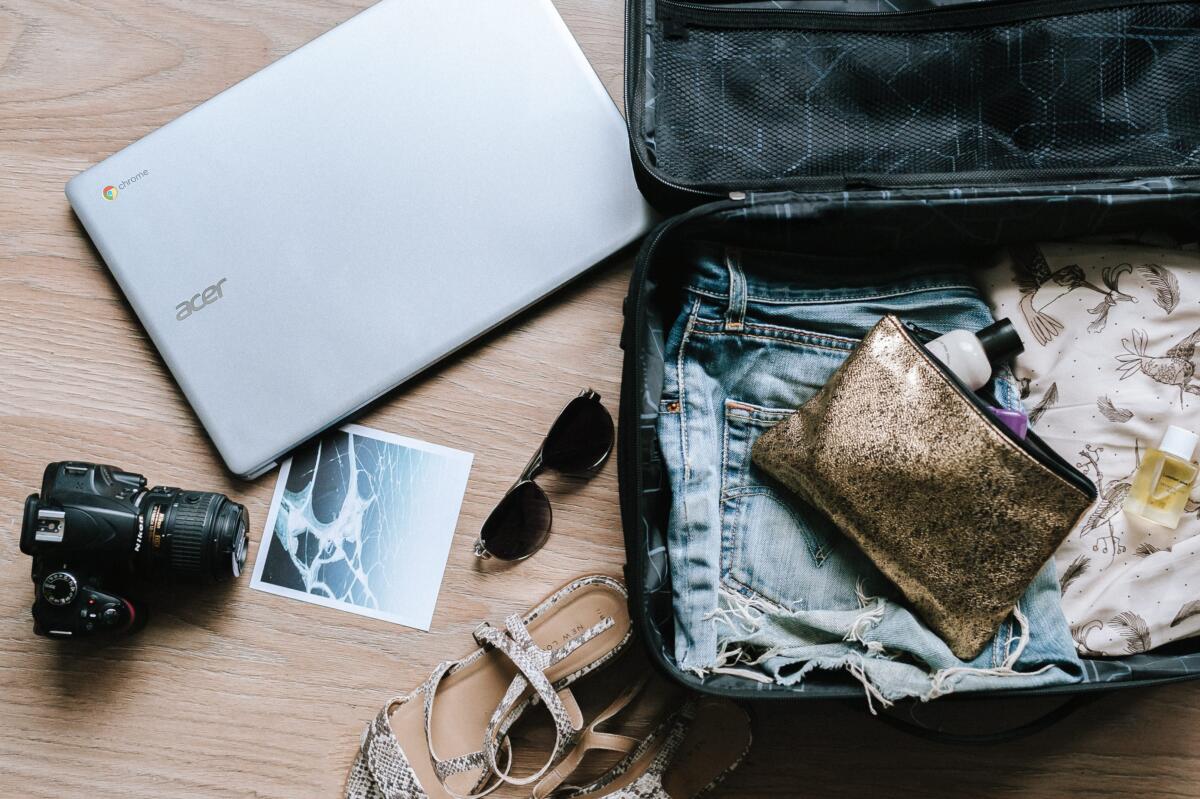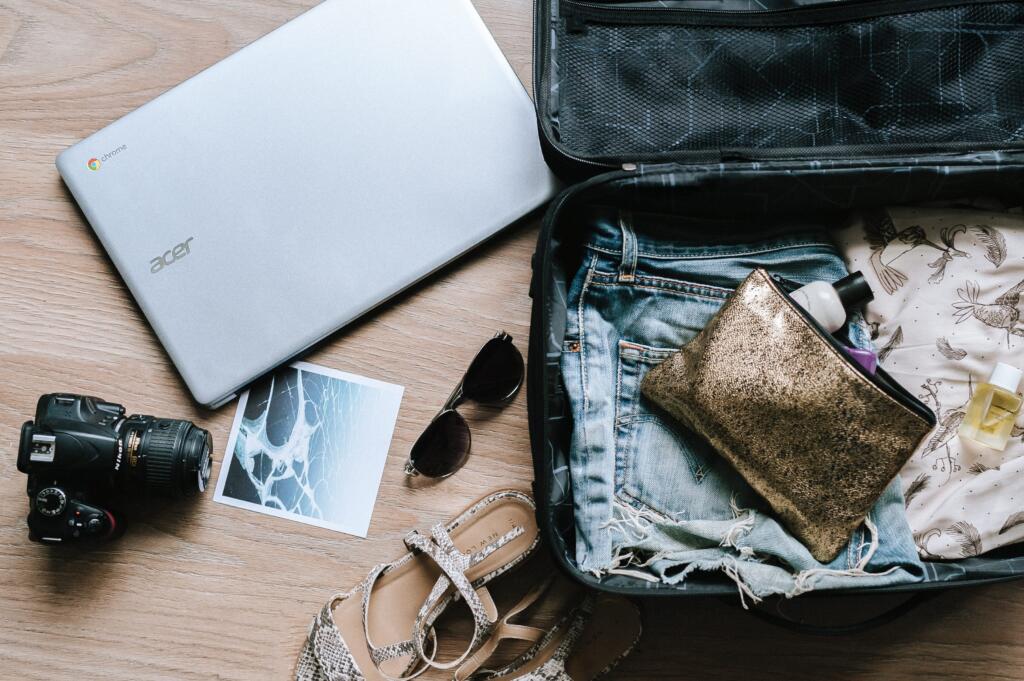The Covid-19 pandemic has reshaped the world in unprecedented ways, altering the way we live, work, and, perhaps most notably, how we travel. For over two years, nations worldwide grappled with waves of uncertainty, implementing stringent measures to curb the spread of the virus. Covid-19 travel restrictions became the norm for most countries.
International travel, once a routine and integral part of life for many, came to a grinding halt.
Despite many countries lifting the COVID-19 travel restrictions way earlier, China adopted the stage-by-stage approach, which saw their process taking a longer time. But amidst these trying times, a beacon of hope has emerged: China has made the pivotal decision to lift its Covid-19 travel restrictions.
Great News for Travelers to China: All COVID-19 Travel Restrictions Have Been Canceled
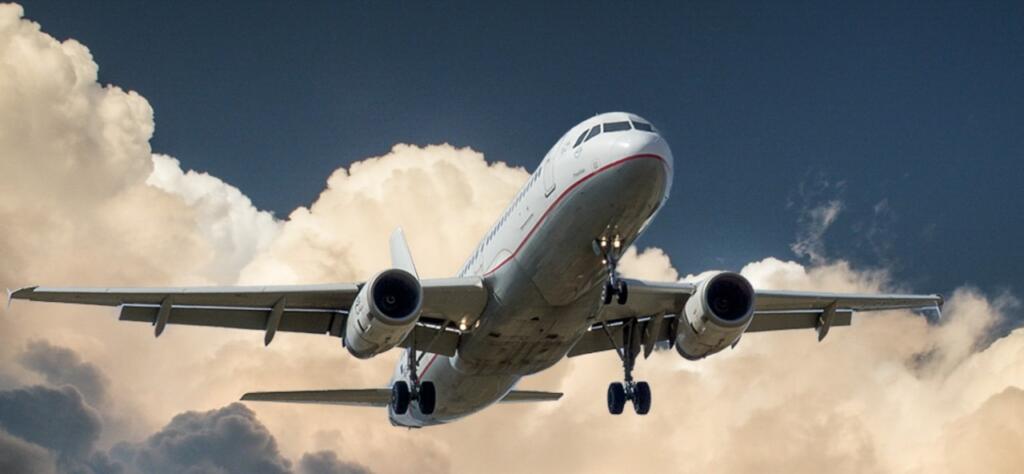
Are you planning to travel to China and worried about COVID-19 travel restrictions? Well, the good news is that you no longer need to worry about presenting any COVID-19 test results or any documentation relative to COVID-19.
When Did China Lift All COVID-19 Travel Restrictions?
From August 30, 2023, China canceled all COVID-19 travel restrictions for all travelers to and from China.
What Should I Expect When I Land at the Airport in China?
In our recent checks, these are what travelers to China did when they landed at Beijing Capital (PEK) Airport:
- Scan the bio-data page of your passport.
- Generate a wifi-code for your internet connection
- Scan the Custom Health Declaration QR code, which will generate a slip for you.
- Present the slip to Immigration at the airport.
- Others (the officials may require other info depending on individual cases)
What Information Do I Need For The Custom Health Declaration Form?
- Your passport bio-data
- Telephone number (either foreign/Chinese)
- Residence address in China
- Contact person in China
- Others (other details may be required)
Do I Need To Speak Chinese/Mandarin To Be Able To Go Through The Process at the Airport?
No, you don’t need to speak Chinese/Mandarin to be able to go through all these processes. There are personnel present at the venue to guide and assist you every step of the way. It’s actually a seamless process.
How Long Does It Take To Complete The Process At the Airport?
It is difficult to assign a specific number of minutes to the verification process. It is a smooth process that does not require more than 10 minutes to complete, especially if you have all the information needed.
NB: Some airlines will share a form for you to fill out before landing in China. Try and fill out the form on the flight on time so as not to waste time when you arrive at the immigration checkpoint.
Background on China’s COVID-19 Response

Understanding China’s decision to lift COVID-19 travel restrictions requires a glimpse into the nation’s journey through the pandemic. China was among the first countries to face the virus head-on, and its response set the stage for the rest of the world.
China’s Initial Pandemic Response
In the early days of the pandemic (early 2020), China took swift and aggressive measures. Wuhan, the epicenter of the outbreak, was placed under strict lockdown. An action that garnered international attention. This initial response included extensive testing, contact tracing, quarantine measures, and the construction of temporary hospitals. These efforts, though drastic, were instrumental in partially containing the virus within Wuhan and curbing its spread to other parts of China.
Enforcing Stringent Travel Restrictions
To prevent the virus’s spread, China imposed stringent travel restrictions both domestically and internationally. This included suspending public transportation, closing borders, and placing more than a billion people under lockdown. While these measures were somehow effective in containing the virus, they had a profound impact on China’s tourism industry, which ground to a halt.
Progress in Taming the Virus
China’s rigorous response bore fruit over time. The country reported declining infection rates and eventually achieved near-zero local transmission. This success is attributed to a combination of factors, including widespread testing, strict quarantine measures, and a massive vaccination campaign. As a result, China’s control over the virus improved significantly over time.
Factors Influencing China’s Decision
China’s decision to lift Covid-19 travel restrictions didn’t occur in isolation. Instead, it was the result of a complex interplay of factors that reflect the nation’s evolving response to the pandemic and its broader global responsibilities.
-
Domestic Virus Control Success
The stringent measures and a robust Chinese public health infrastructure have significantly helped China to keep infection rates low and prevent further large-scale outbreaks. Admittedly, these measures made many foreigners leave China. Many Western countries criticized China over the COVID-19 restrictions. But in the end, what matters is the pandemic era is over.
-
Vaccination Milestones and Herd Immunity
Vaccination played a crucial role in China’s strategy. The nation launched one of the world’s largest vaccination campaigns. It administered millions of doses to its citizens in a record time. The country achieved significant vaccine coverage that not only protected the population but also contributed to the concept of herd immunity.
-
Balancing Act: Economic and Social Concerns
China’s leadership also faced the challenging task of balancing public health concerns with economic and social considerations. Prolonged travel restrictions had taken a toll on the country’s tourism, hospitality, and aviation industries. Obviously, livelihoods and the overall economy have been affected. The decision to lift restrictions was, in part, a response to these economic pressures and a desire to restore normalcy.
-
International Dynamics and Pressure
Internationally, China faced mounting pressure to reopen its borders. As a major global economic player and a destination for both business and leisure travelers, China’s restrictions had reverberations throughout the world. Other nations, eager to reconnect with China, pushed for a resumption of travel.
Additionally, China’s commitment to global health diplomacy and vaccine distribution created a sense of responsibility to facilitate international movement.
Timeline of Travel Restrictions in China
To appreciate the significance of China’s decision to lift travel restrictions, you need to understand the timeline of these measures within the country and their consequences.
Tracing the Restrictive Path: A Chronology
- Early Restrictions: China’s travel restrictions began in late January 2020, with the lockdown of Wuhan and the suspension of public transportation. These measures gradually expanded to include other cities and regions.
- Phased Approaches: China adopted a phased approach to restrictions. That is, easing and reimposing measures in response to local outbreaks and the evolving situation. This flexibility allowed the government to adapt to changing circumstances.
Evolution of Restrictions Over Time
- Domestic Travel: Restrictions on domestic travel within China impacted tourism, business, and daily life. Travelers faced quarantine requirements and health checks.
- International Travel: China closed its borders to most foreigners and imposed strict entry requirements for essential travelers. This had a substantial impact on global mobility and international business.
Related Articles:
Apps you need for your study in China
Majestic Secrets of China’s Dynasties: Facts to Explore
10 Captivating Reasons to Study Engineering in China
Crunching Numbers: Impact on China’s Tourism
- Tourism Downturn: China’s tourism industry, one of the world’s largest, experienced a sharp decline. Hotels, airlines, tour operators, and restaurants faced economic hardships.
- Local Tourism Promotion: When the menace of the COVID-19 virus went down, China encouraged domestic tourism to offset the losses incurred over the period of the lockdown.
China’s COVID-19 Travel Restrictions Cancelation: Impact on International Travel
China’s decision to lift COVID-19 travel restrictions carries significant implications for international travel, given the nation’s pivotal role in global tourism and trade.
China’s Global Tourism and Trade Role
- Economic Impacts: China is a vital player in the global tourism industry. Chinese tourists are among the world’s highest spenders. China is also a prime destination for international travelers.
- Trade and Supply Chains: Beyond tourism, China’s travel restrictions affected global supply chains and trade routes. Many businesses rely on smooth logistics and the movement of goods and personnel to and from China.
Ripple Effect: How China’s COVID-19 Travel Restrictions Hit Global Tourism
- Reduced Inbound Tourism: China’s closed borders meant no international tourists could visit the country. This had repercussions for tourism-dependent economies worldwide.
- Business and Diplomatic Ties: The inability to conduct in-person meetings and negotiations strained international business relationships and diplomatic efforts.
Anticipating the World’s Response to Eased Restrictions
- Reconnecting with China: As China opens up, countries and businesses are eager to reconnect with the nation for economic and diplomatic reasons.
- Rebuilding Confidence: International travelers have been monitoring China’s reopening and health protocols for long. Well, it’s time to fly in as soon as possible.
How Safe Is It To Travel To China After COVID-19
Basically, the COVID-19 cry is over in relation to the restrictions. Everything in China is back to normal. But it is advisable to take your destiny into your own hands. You may want to wear a nose mask when you’re in crowded areas. ie. Public buses, subway, train 🚉 , malls, etc. This may prevent you from catching a cold or flu.
Preparing for Travel to China After the Boarders Reopened
As China reopens its doors to the world, travelers must be well-prepared for their journeys.
Navigating Post-Restriction Travel
- Visa and Entry Requirements: Ensure you meet all visa requirements and have the necessary documentation for entry into China. These requirements may vary depending on your nationality and the purpose of your visit.
- Travel Insurance: Obtain good travel insurance that covers in case of any emergency.
Visa and Entry Must-Knows
- Visa Categories: Familiarize yourself with the various visa categories, such as tourist, business, or work visas, and choose the one that aligns with your travel purpose.
- Visa Application Process: Understand the visa application process, including required forms, fees, and processing times.

